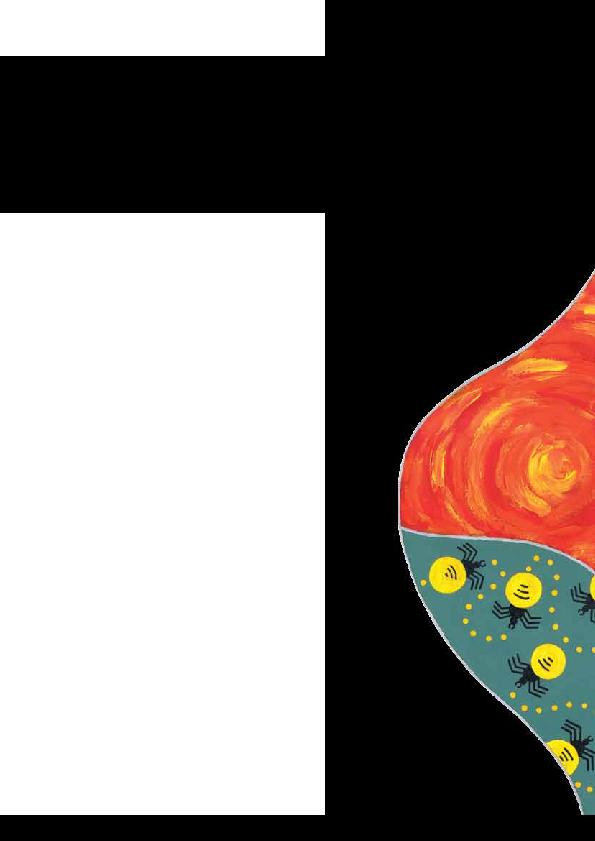
Commission into Aboriginal Deaths in Custody
and, sadly, in that time the proportion of Australian
prisoners that are Indigenous has almost doubled.
in prison, women in particular, has also increased
dramatically in the last few years. Research shows
once they have had contact with justice system,
they are very likely to reoffend and return to prison.
are mothers, so their imprisonment not only
removes them from the community it removes
their children from them. This increases the
likelihood of their children entering out-of-home-
care, which is in turn one of the biggest risk factors
for them one day coming in contact with the justice
system themselves.
the women, their families and their children. In the
shorter term they are compounded by the lack of
pre-prison diversionary options and support post-
release and in the inability to access employment
or education or find safe and affordable housing for
themselves and their children. Without these things
the risk of re-offending is significantly higher.
of our work in ensuring the rights of vulnerable
groups are protected. The Charter of Human
Rights and Responsibilities Act 2006 obliges
government to provide culturally and gender-
appropriate support for these women to break
the cycle they find themselves in. Furthermore,
the Amendment to the Bail Act made in 2010
specifically require that a decision-maker takes
into account any issues that arise due to the
Aboriginality of a person when deciding bail.